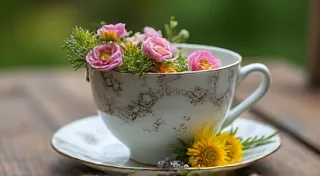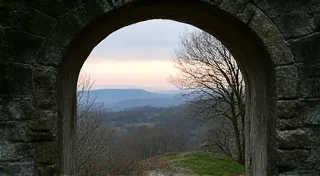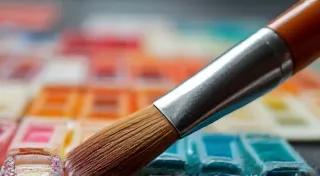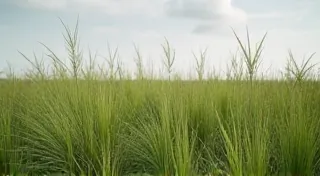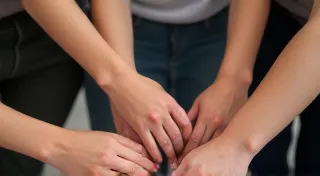Beyond the Maker: The Role of Community in Instrument Maintenance and Preservation
The clang of a poorly-maintained accordion, the brittle snap of a forgotten fiddle string, the dull thud of a drumhead losing its voice – these are not merely sounds of failing instruments. They are whispers of disappearing traditions, echoes of communities losing their connection to the heart of their cultural identity. We often celebrate the skill of the maker, the meticulous detail of their craft, and rightly so. But the survival of a regional instrument goes far beyond the initial creation; it thrives, or withers, within the embrace of the community that adopts it.
My grandfather, a Polish immigrant, played an accordion. Not professionally, mind you, but with a joy that filled our cramped Brooklyn apartment. It wasn't a pristine, showroom-ready instrument. Years of picnics in the park, smoky dances, and countless family gatherings had left their mark: cracks in the bellows, chipped veneer, and a slightly wonky keyboard. Yet, those imperfections, those stories etched into the wood and metal, made it uniquely his, and in turn, uniquely ours. He didn’t just play the accordion; he shared a part of his heritage, a piece of Poland, with anyone who would listen.
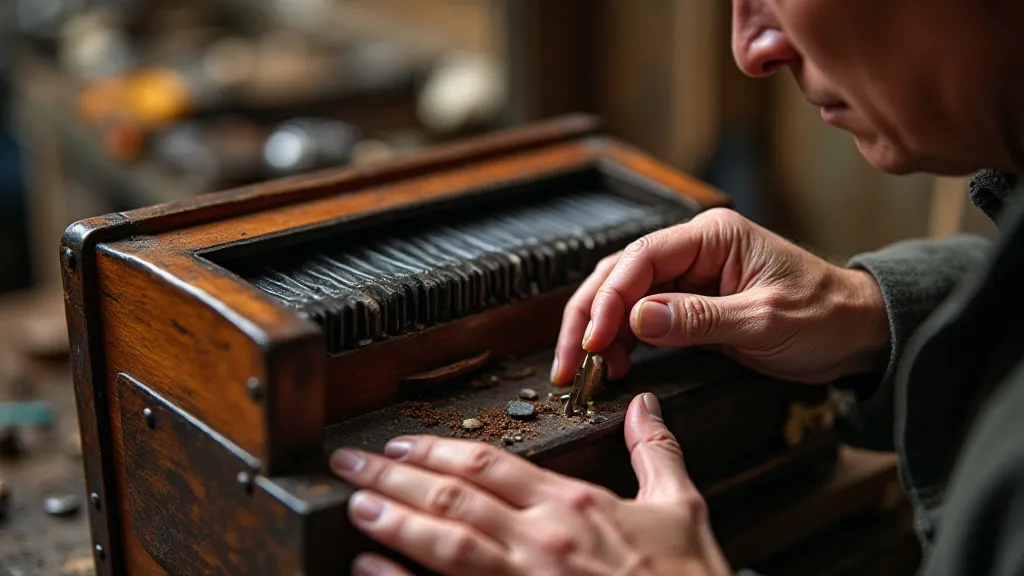
The Accordion's Journey: More Than Just a Machine
Consider the accordion, an instrument that migrated across continents, adapting and evolving with each new landscape. In Poland, it became intertwined with folk music, a vehicle for tales of love, loss, and resilience. In Louisiana, it fueled the vibrant sounds of Cajun and Zydeco music. In Germany, it’s a staple in Oompah bands, bringing a festive air to celebrations. Each adaptation wasn't just about changing the musical style; it was about integrating the instrument into the local culture, imbuing it with new meaning and significance. But this integration demanded more than just players; it required a network of support – makers who could repair and replicate, families who could pass it down, and communities who would value its presence.
In many regions, particularly in rural areas, the maker's role extended far beyond that of a craftsman. They were often community elders, repositories of traditional knowledge, and vital links to the past. They understood not only the mechanics of the instrument but also its cultural significance, often passing down stories and techniques orally, from one generation to the next. When these makers disappeared, or when the younger generation lost interest in learning their skills, the instruments themselves were left vulnerable, reliant on the dwindling expertise of a few dedicated individuals.
The Cycle of Care: Generations of Keeping the Music Alive
The true longevity of a regional instrument isn't about how well it's preserved in a climate-controlled museum, but how actively it's used and cared for within a community. Think of the fiddle in Appalachia. Generations of families have learned to play, repair, and even craft these instruments, passing down not just the tunes but also the knowledge of bow maintenance, string replacement, and minor repairs. A fiddle isn’s just an instrument; it’s a family heirloom, a symbol of connection to ancestors, and a conduit for cultural expression.
I remember speaking to an elderly violin maker in Romania, a man who learned his craft from his grandfather, who learned it from his. He lamented the decline in younger apprentices, but his eyes lit up when he spoke of a local school program teaching children how to play and care for traditional instruments. He understood that the survival of their musical heritage depended on fostering a sense of responsibility in the next generation.
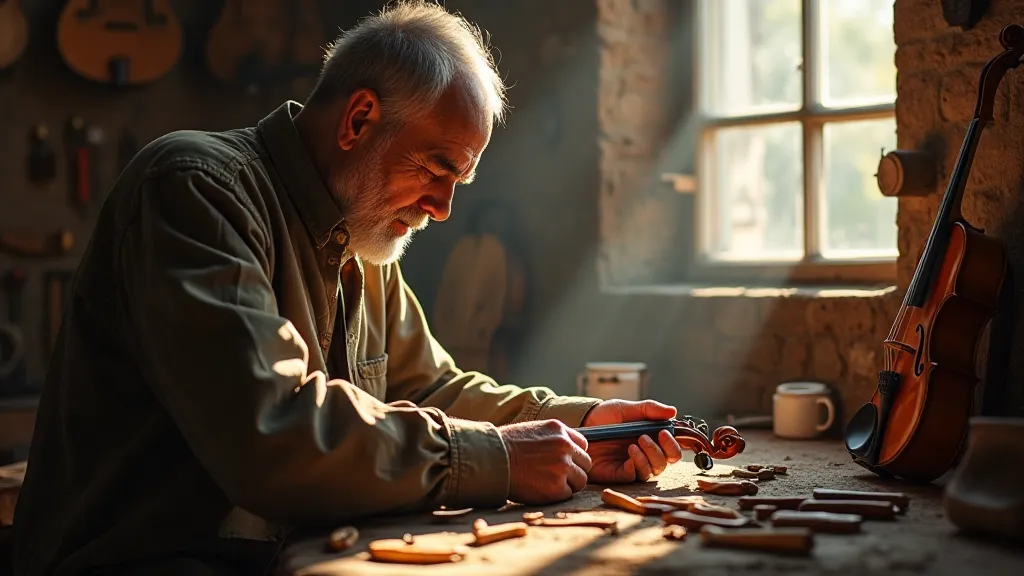
Beyond Repair: The Value of Imperfection
The pursuit of pristine restoration can sometimes be detrimental to the authenticity of a regional instrument. These instruments bear the marks of their history – the scratches, the dents, the repairs – and those imperfections are a testament to their journey, a tangible record of the hands that have held them, the music they have played, and the events they have witnessed. A perfectly restored instrument can feel sterile, devoid of soul. The true beauty lies in the patina of age, the character etched by years of use.
I’m often asked about restoring my grandfather’s accordion. The temptation to make it "perfect" is always present. But I resist. The slightly off-key note in the treble register, the tiny crack in the veneer – these are part of its story, part of what makes it uniquely his. To erase those marks would be to erase a piece of him, a piece of our family history.
Cultivating Community Responsibility
The preservation of regional instruments isn't solely the responsibility of museums or specialized collectors. It’s a collective responsibility, a duty we owe to our ancestors and to future generations. Here are a few ways communities can contribute:
- Support local instrument makers and repairers: Seek out craftspeople who specialize in traditional instruments and offer them your patronage.
- Encourage music education programs: Ensure that children have the opportunity to learn traditional instruments and appreciate their cultural significance.
- Document instrument-making techniques: Record interviews, photographs, and videos of instrument makers to preserve their knowledge for posterity.
- Create community instrument libraries or lending programs: Make instruments accessible to a wider audience, fostering appreciation and participation.
- Organize community music events: Provide opportunities for musicians to perform and share their music, keeping the tradition alive.

A Legacy of Sound
The survival of a regional instrument is inextricably linked to the vitality of the community that embraces it. It requires more than just skilled makers; it demands a collective commitment to preserving the cultural values and traditions that give those instruments their meaning. Let us strive to be more than just listeners; let us be active participants in the ongoing story of these cherished musical legacies, ensuring that the music continues to resonate for generations to come. The clang, the snap, the thud – let these sounds be expressions of life, not signals of loss.
